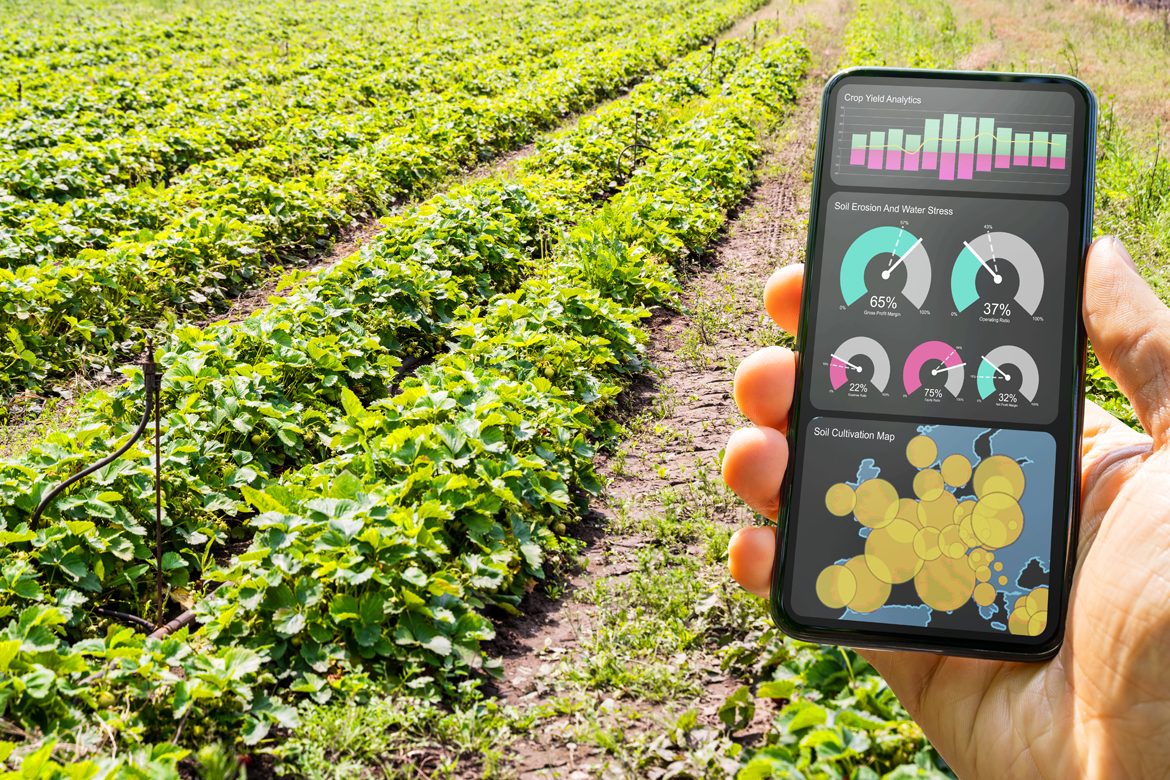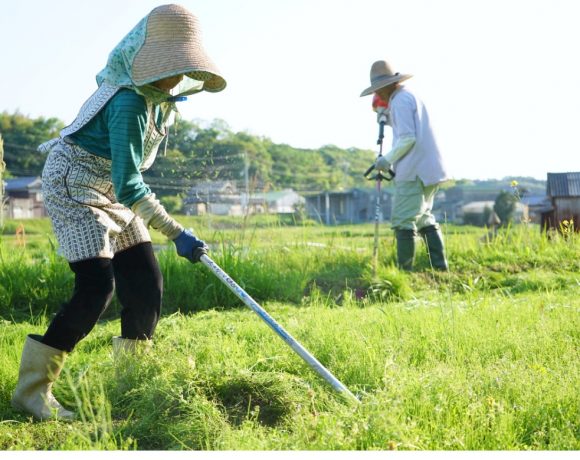- Hui Zhi Nong Master app is a platform for people to exchange their agricultural planting experiences, ask questions, and answer those of others. It covers almost everything that a farmer needs to grow plants. Users can also take pictures of their plants and ask the app to check whether the plants suffer from any diseases.
- Some companies focus on IoT integration and build systems for compressive farm management. They provide the agricultural environment data acquired from the sensors to the system and the system accordingly controls the facilities.
- E-commerce live streaming is a new trend for business, which also covers the agriculture field. There are companies specialised in helping farmers manage their E-commerce live streaming channels.
Innovation in food and agriculture has gained more traction than ever in China, due to China’s status as a developing country and its shortage of arable land. Farming in China historically used to be very labor-intensive. To solve farming-relevant problems, technology has played a key role in enabling greater farming production and efficiency. On the other hand, the food and agriculture sector is a pillar of the Swiss economy. The match-making demand could potentially be huge between China and Switzerland. To get a full glimpse of the development of intelligent agriculture in China, swissnex China participated in China (Nanjing) International Intelligent Agriculture Expo 2020. With the theme of “Innovation leads, Intelligence leads”, the expo exhibited several fields of Intelligent Agriculture (IA) including Agriculture IoT, Agricultural System Integration, Traceability of Agricultural Products, Agricultural Management Software and Information Technology, Agricultural Robots, Agricultural Intelligent Equipment, etc.
This expo provides a perfect platform for people who would like to gain insights into the development of the intelligent agriculture industry in China.
There were multiple companies presenting their technologies and service in the expo, and the following four categories are particularly worth noticing.
How to grow plants
Mobile apps are a popular forum for farmers to acquire knowledge on how to grow plants. The Hui Zhi Nong Master app is an example. It allows farmers to acquire knowledge about growing plants along with pest disease recognition and treatment.
Hui Zhi Nong Master app is a platform for people to exchange their agricultural planting experiences, ask questions, and answer those of others. It covers almost everything that a farmer needs to grow plants. It is practical and helpful not only because it offers a hand when farmers need help regarding crop growth, but also because it serves as a knowledge learning and experience acquisition channel.
One feature of this app is image recognition. Users can take pictures of their plants and ask the app to check whether the plants suffer from any diseases. If so, the app would also provide basic information on the corresponding disease including the cause and solution. If users need further support, they can reach to experts on the platform. Besides, all the disease pictures uploaded by the farmers can help the platform to further build up their database.
Monitoring Agricultural Environment
Besides knowledge about how to grow plants, farmers also need to know the environment so that they can create the best environment for growing plants. Demand brings supply. There are technologies and services around this area.
The sensors can detect the moisture, wind, rain and soil watering level of the environment, and the measurement parameters of gases such as CO, NO2, SO2, O3 pm, etc. The light box can trap pests so that farmers can take the pests to do further pests-related disease analysis.
Maifei Technology has developed a visual/spectral technology, combined with remote sensing inversion model of crop parameters, to accurately monitor crop growth, pest and disease information.
Integrated Systems and Smart Farms
Some companies focus on IoT integration and build systems for compressive farm management. They provide the agricultural environment data acquired from the sensors to the system and the system accordingly controls the facilities. For example, the sensor acquires the moisture data of the soil, the system finds it is in a low level and thus triggers the watering valve.
E-Commerce Live streaming
These are not merely flash-in-the-pan fads, but long-lasting trends that reflect the changing preferences and habits of Chinese consumers. E-commerce live streaming is a new trend for business, which also covers the agriculture field. There are companies specialised in helping farmers manage their E-commerce live streaming channels.
According to the Report on Agricultural Development and Prospects in the Post-Epidemic Era of China 2020-2021 by iiMedia, we noted the following challenges faced by the Chinese agricultural industry:
1. Lack of infrastructure and network and logistics system in rural areas
2. Low efficiency of agricultural growing technology
3. Information asymmetry in agricultural sector
4. Strong impact of seasonal climate and pests on agricultural production
The trends and gaps showcased above indicate that the agritech market in China is primed for growth and innovation and offers tremendous opportunities to Swiss agritech startups for expansion, partnerships, technology and knowledge exchanges.






NO COMMENT